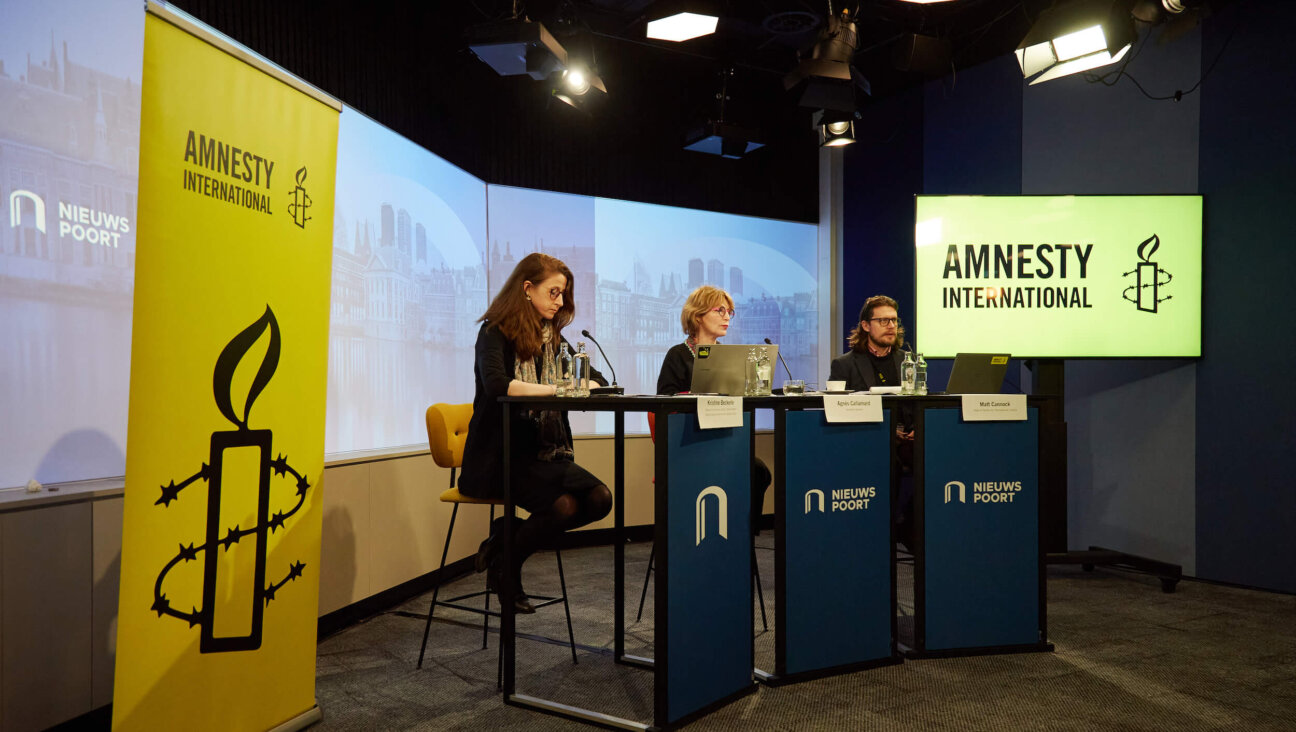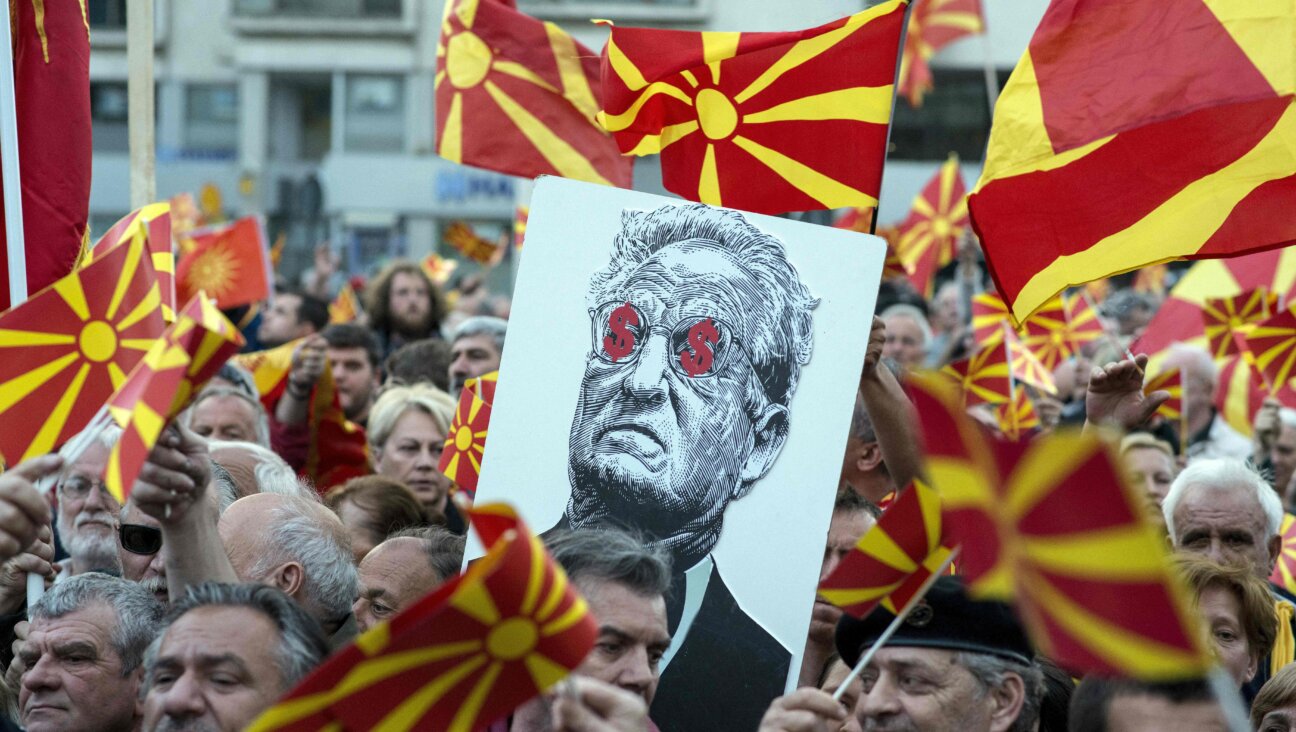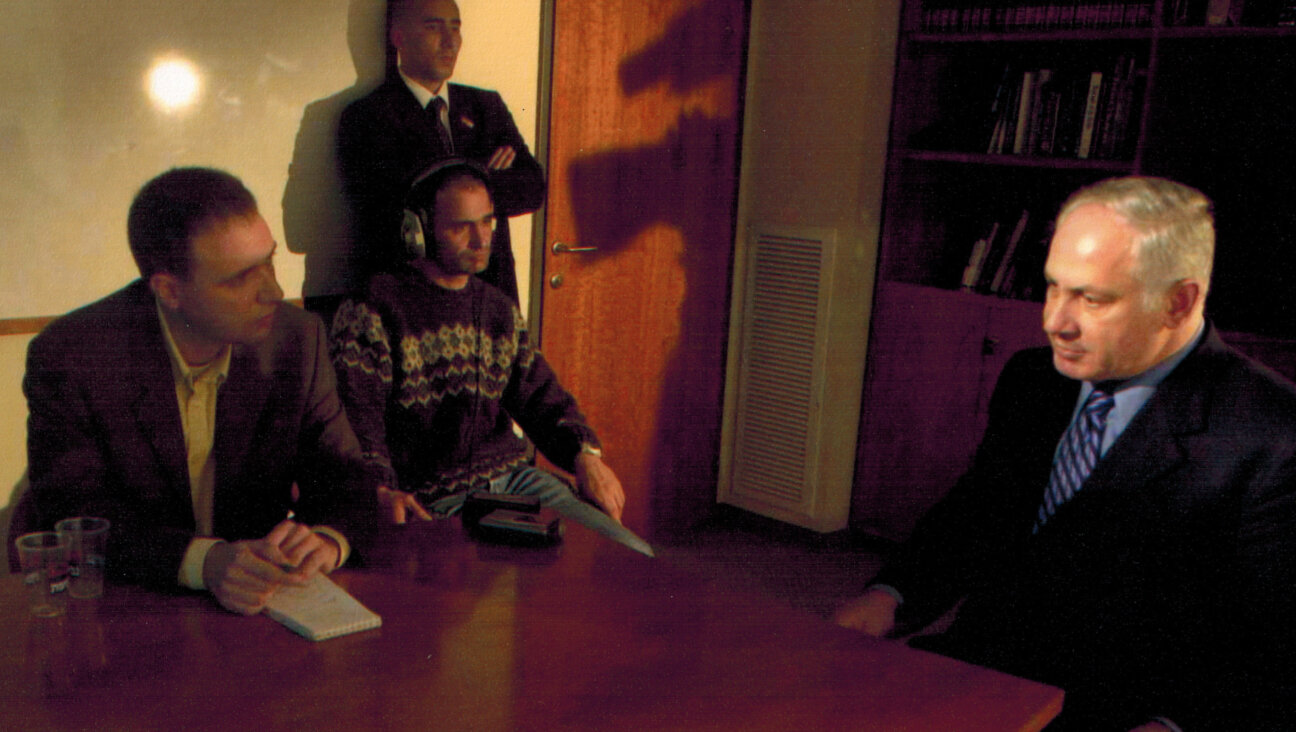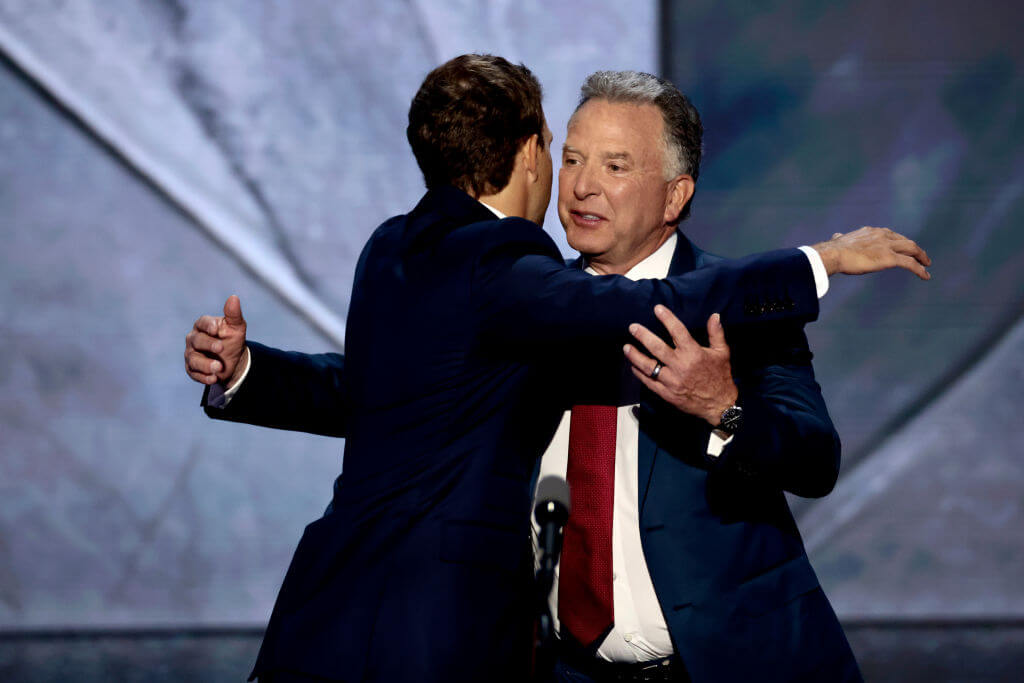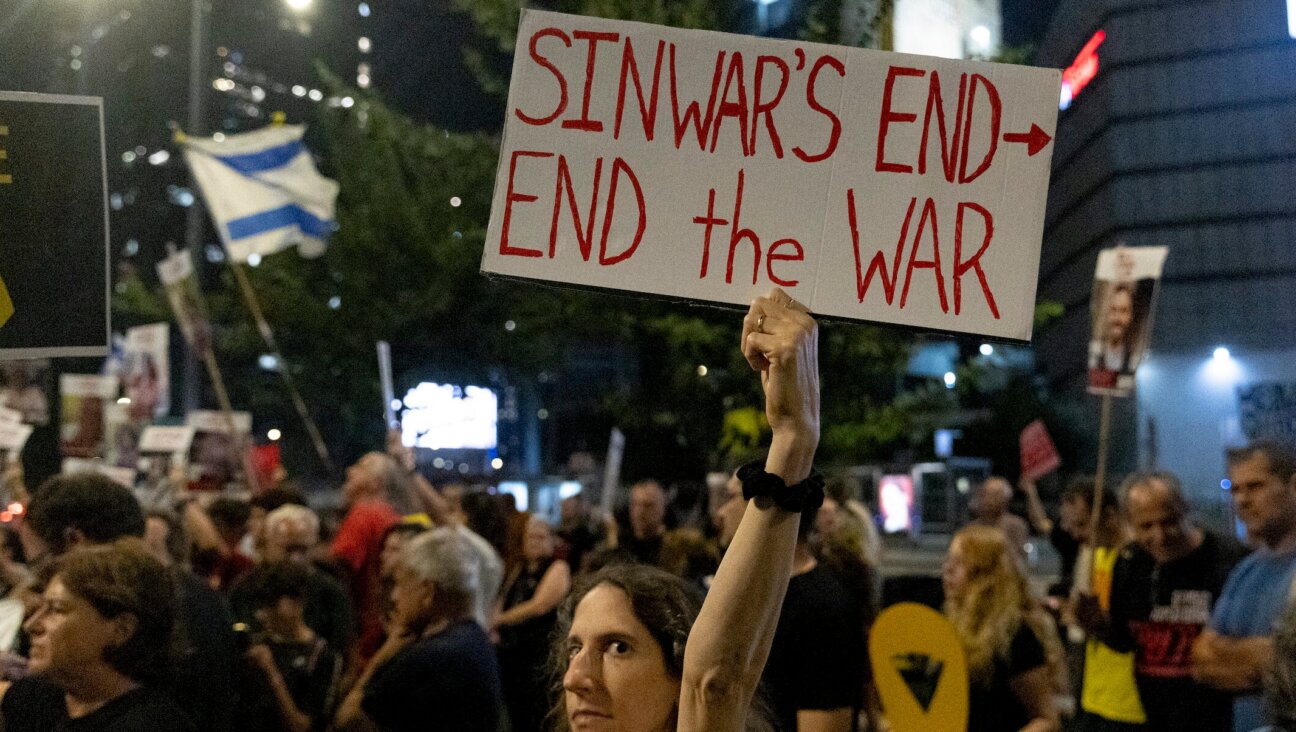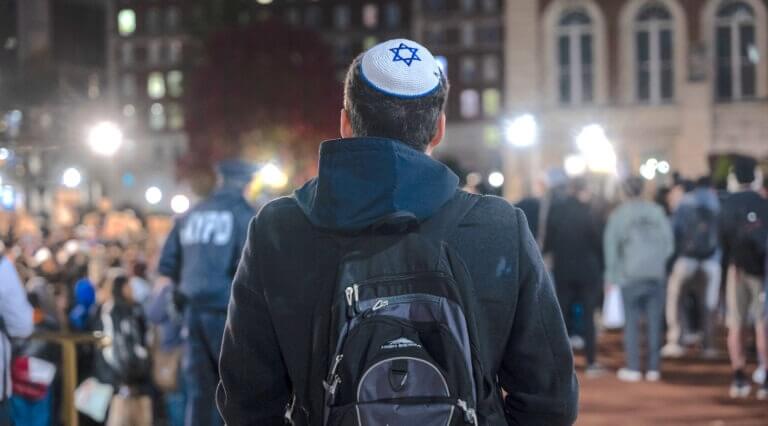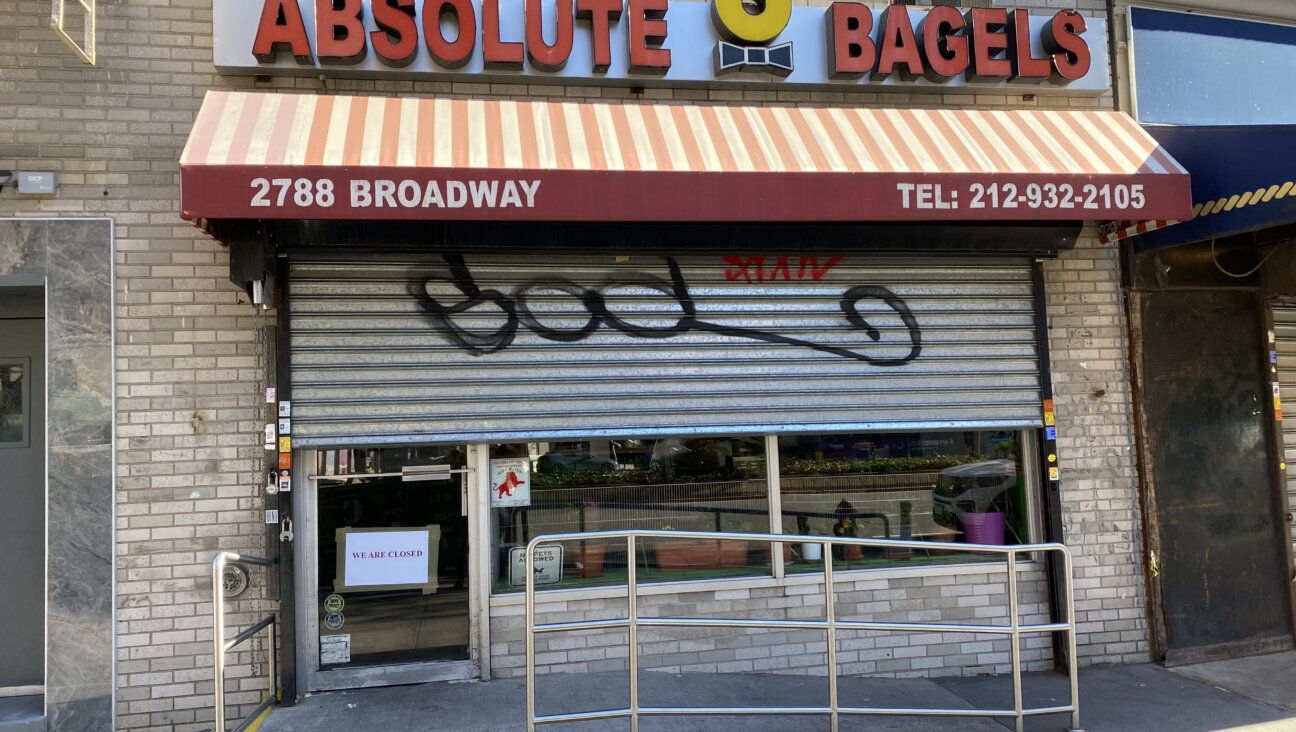Niche Closed: On the Passing of Samuel Menashe
The niche narrows Hones one thin Until his bones Disclose him So wrote poet and sage Samuel Menashe in one of his numerous works addressing death, Menashe’s first Muse and greatest obsession. As he often mentioned in conversation, he became a poet at the age of 19, having survived the notoriously dangerous World War II…







